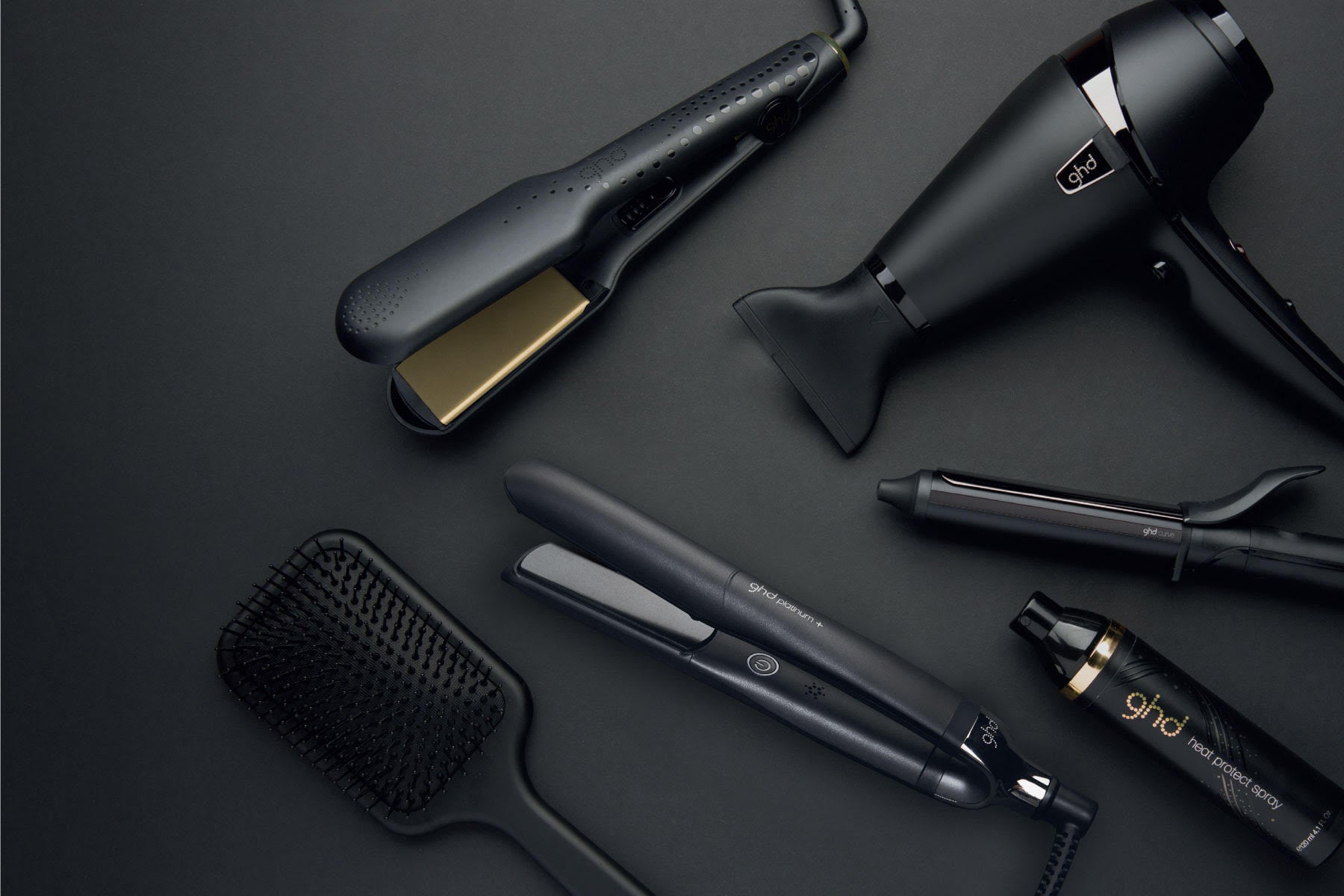
How hot is TOO hot when it comes to extension hair?
As you know, hot tools are the most commonly used tools in styling hair. Blowdryers. Curling irons. Flat irons. Texturizing irons. I can bet that you have a drawer FULL of these ( if not multiple ). 😅
But it's important to be mindful of the temperature at which you use them. I know what a lot of artists say “I can turn the temperature up because I move fast.” But is that actually the truth?
😬😬😬 Nope.

At high temperatures, the heat can cause the hair cuticle to lift and become damaged, leading to dry, brittle, and frizzy hair. This can also lead to split ends and breakage, which can be difficult to repair. In addition, using hot tools at high temperatures can strip the hair of its natural oils, leaving it dry and prone to tangles and knots.
This goes for extension hair, and the client's natural hair.
Think about it this way. You turn on your stove all the way and heat up a pan. You drop an egg in the pan and what happens? The outside immediately burns, while the inside remains raw. That is what is happening to your client's hair.
The iron isn’t left on the hair long enough to warm it all the way through, so the hair ends up burnt on the outside and cool on the inside. Not only will the style not last, but damage is being caused to the client's hair.
Extensions are a big investment. As professionals, we want to make sure that we are not only focusing on the integrity of the client's hair, but also the integrity of the extensions.

So what should we do!?
Ideally, keep your irons at 360. If your client is a HEAVILY processed blonde you may even want to consider 360 for the extensions and 320 for their natural hair. Does that mean curling will take a little longer? Yes. But you are also building trust and rapport with them and that will make for easy appointments in the future.
After all, who doesn’t love to hear “Do whatever you want, I trust you!”
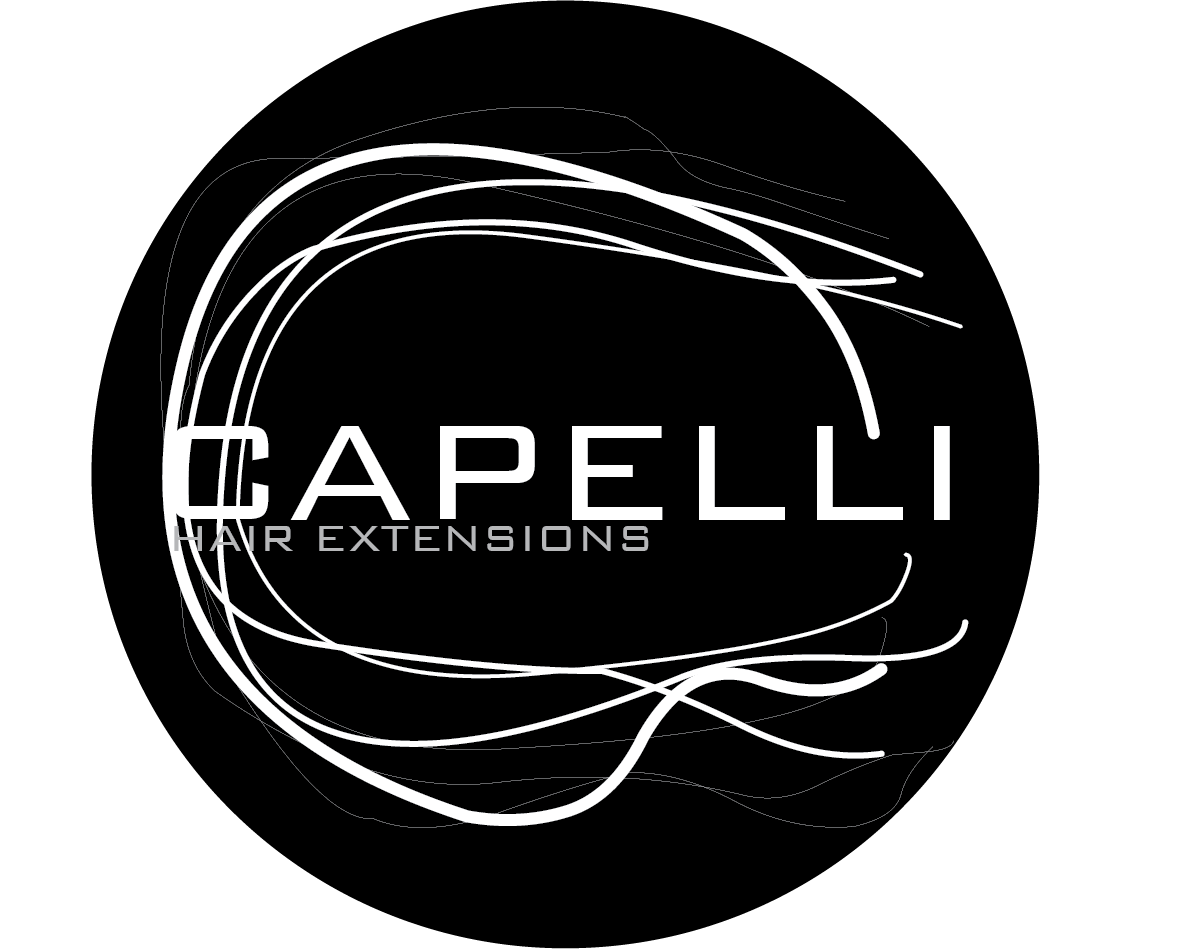
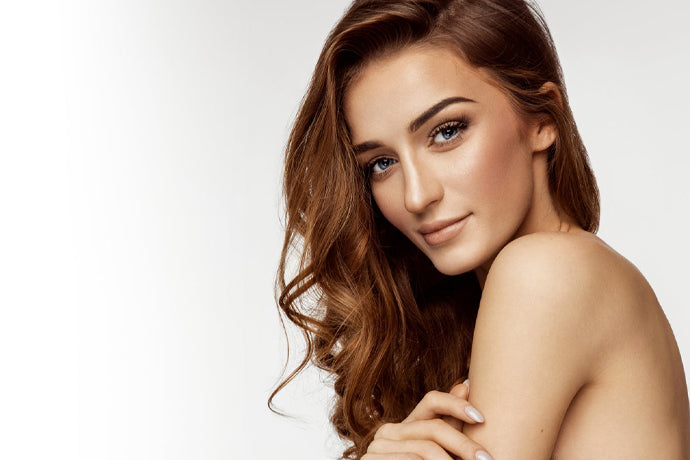
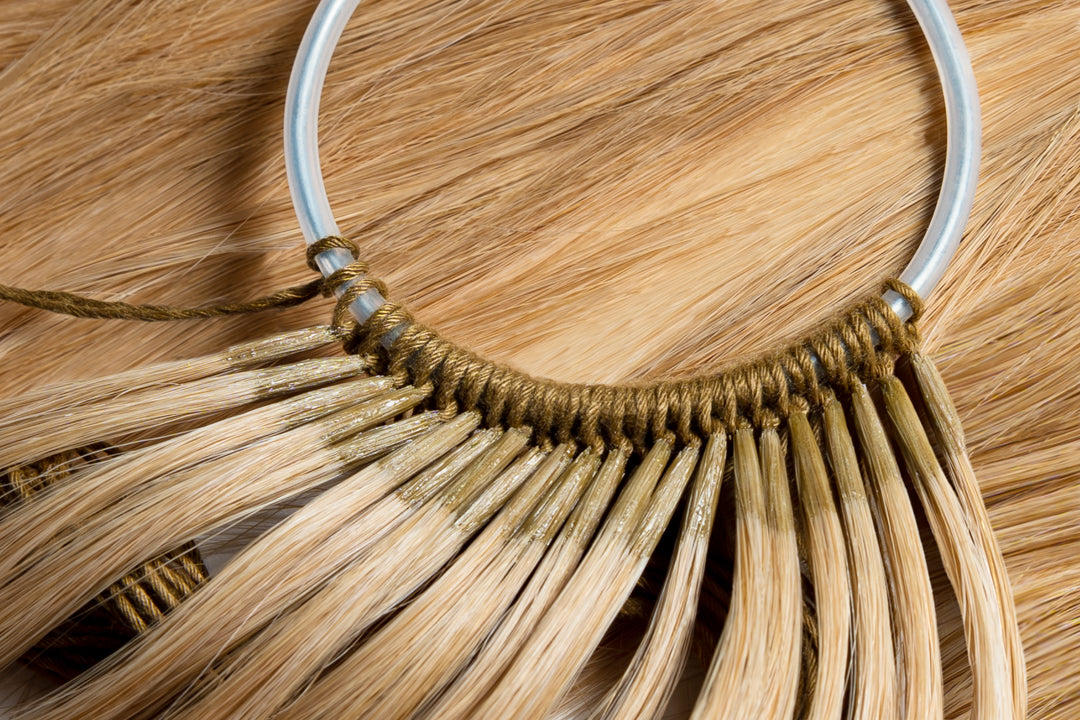
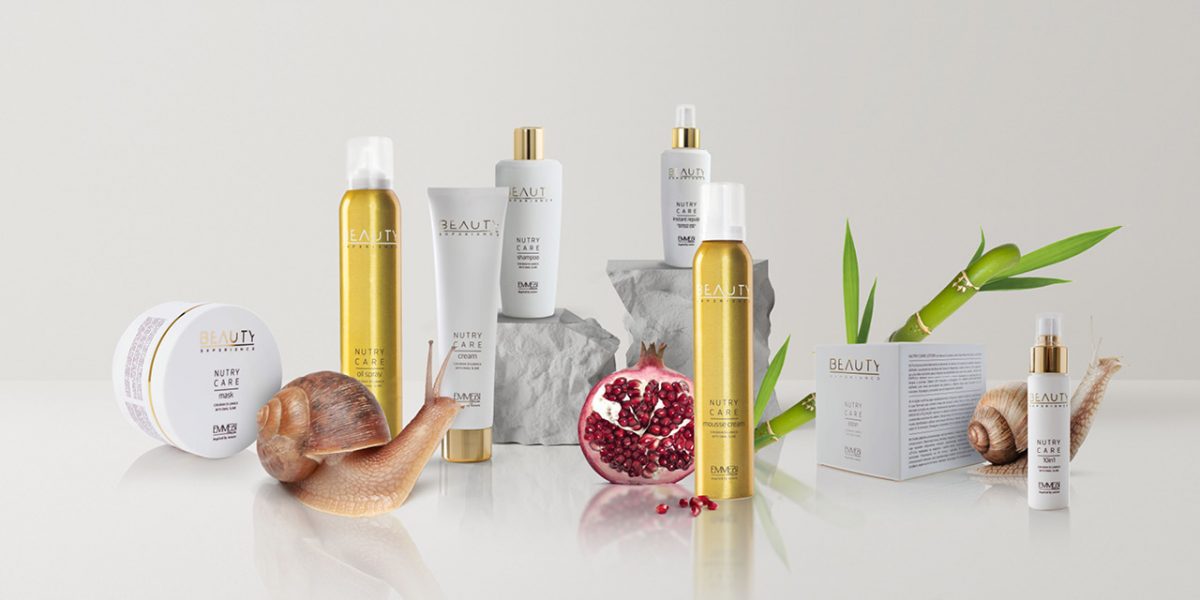
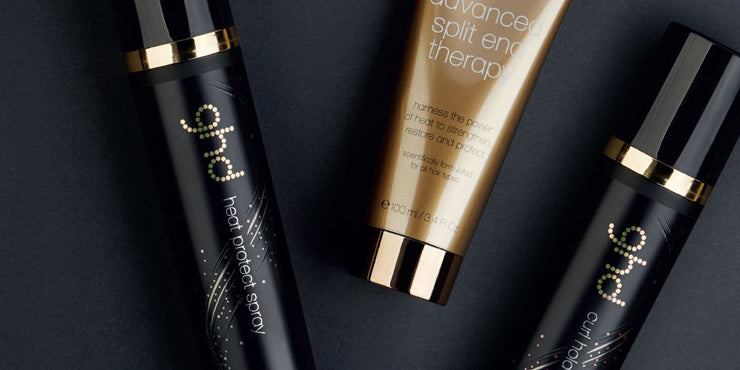
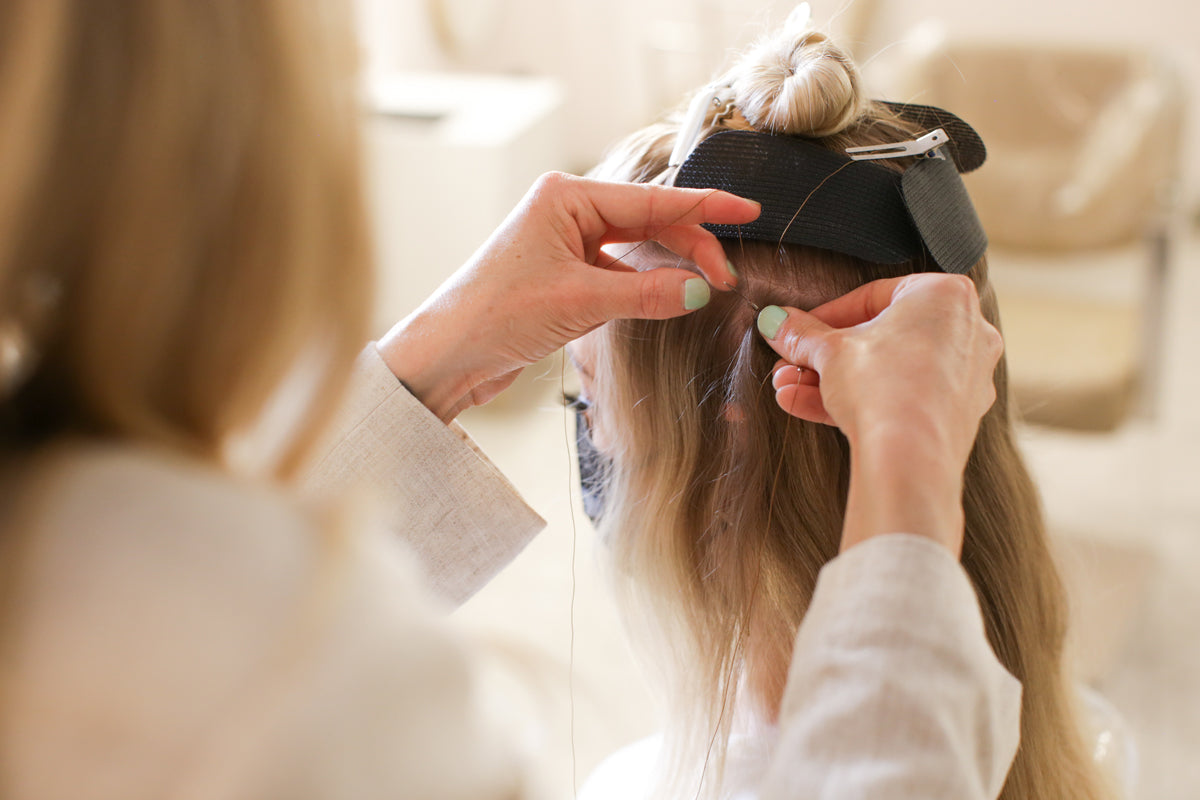
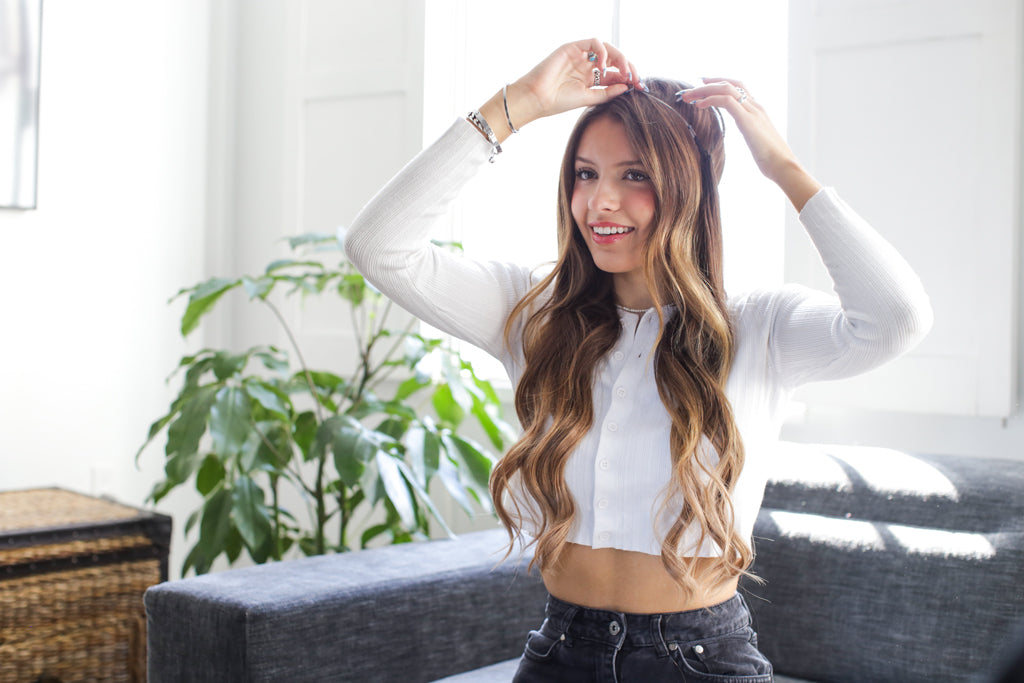
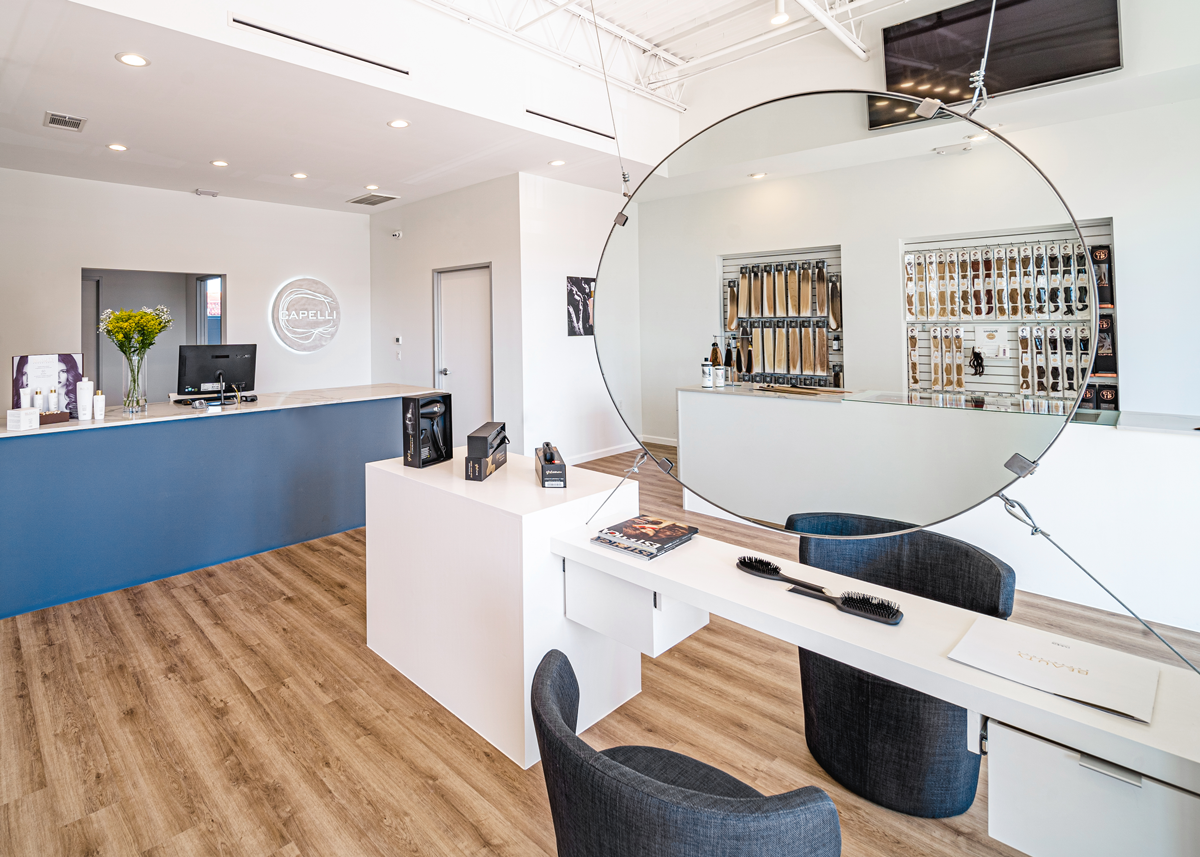
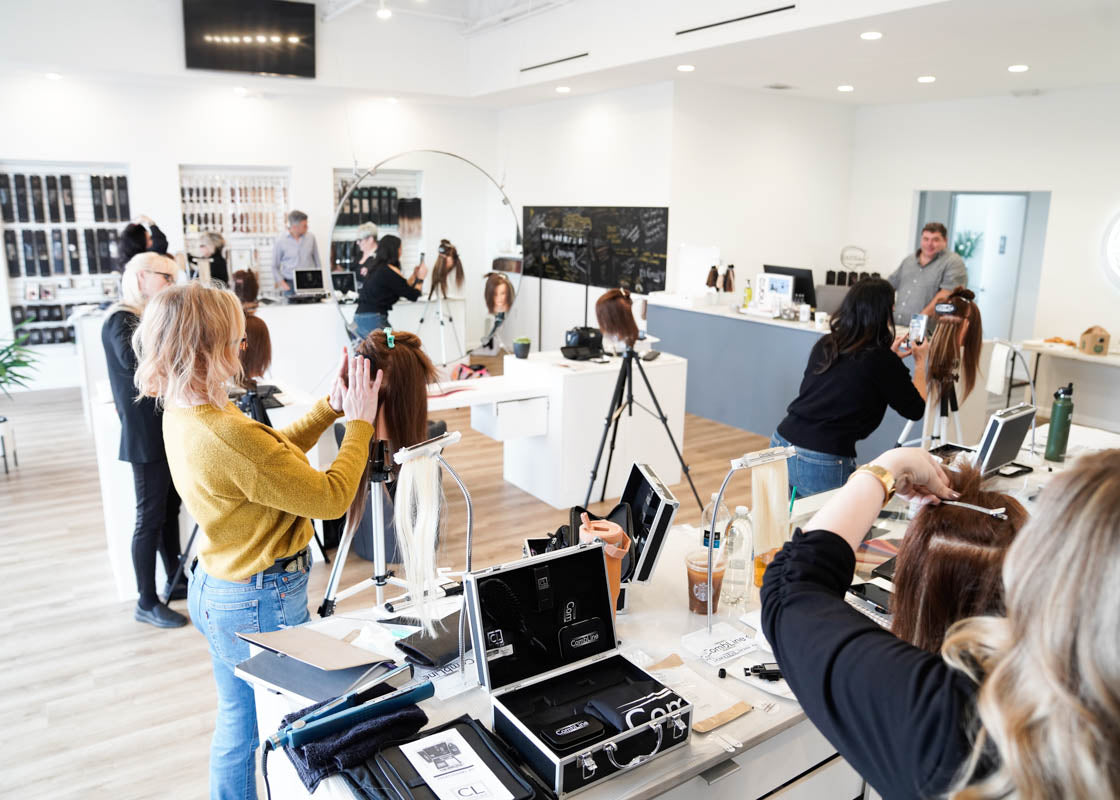
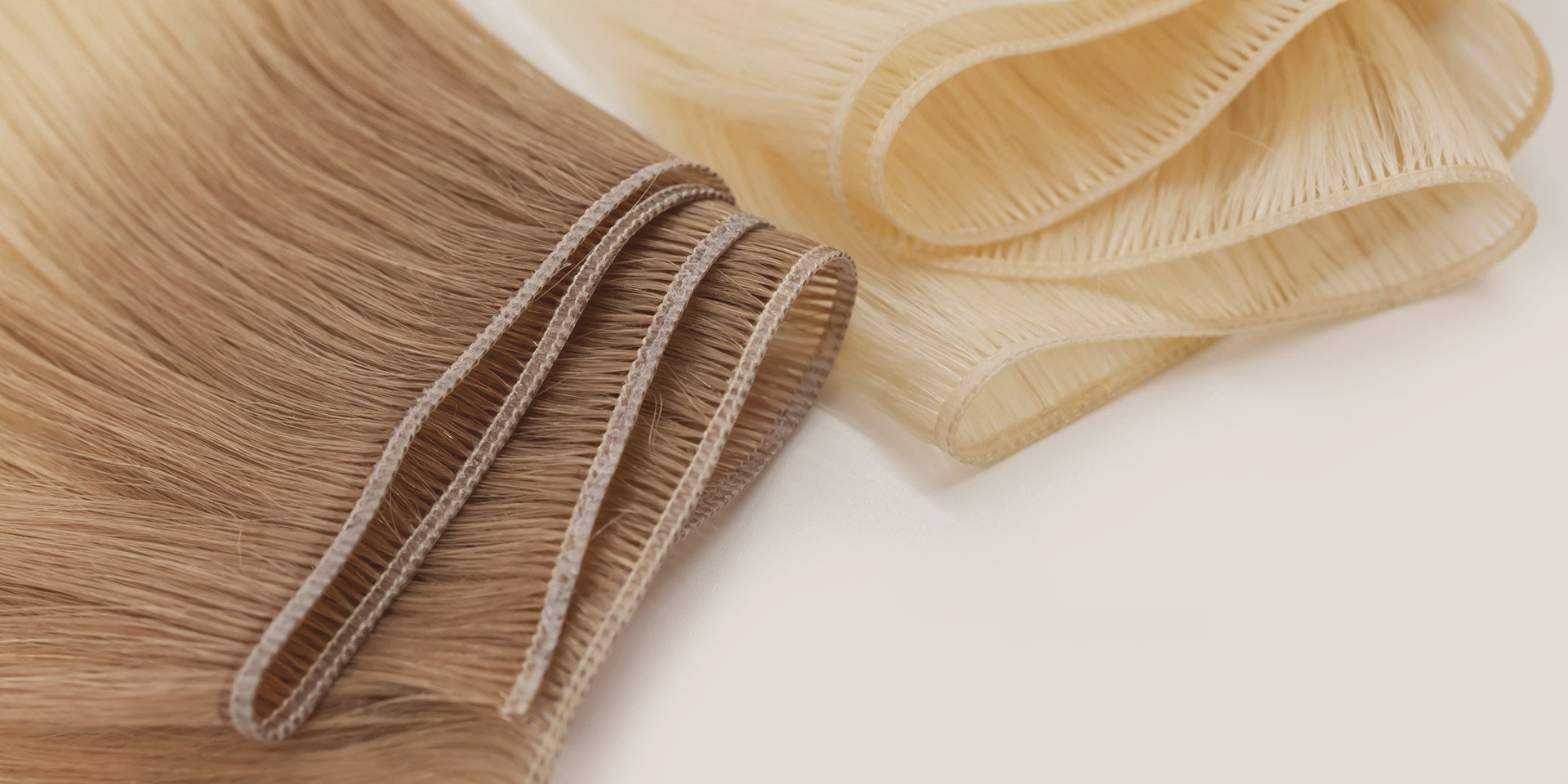
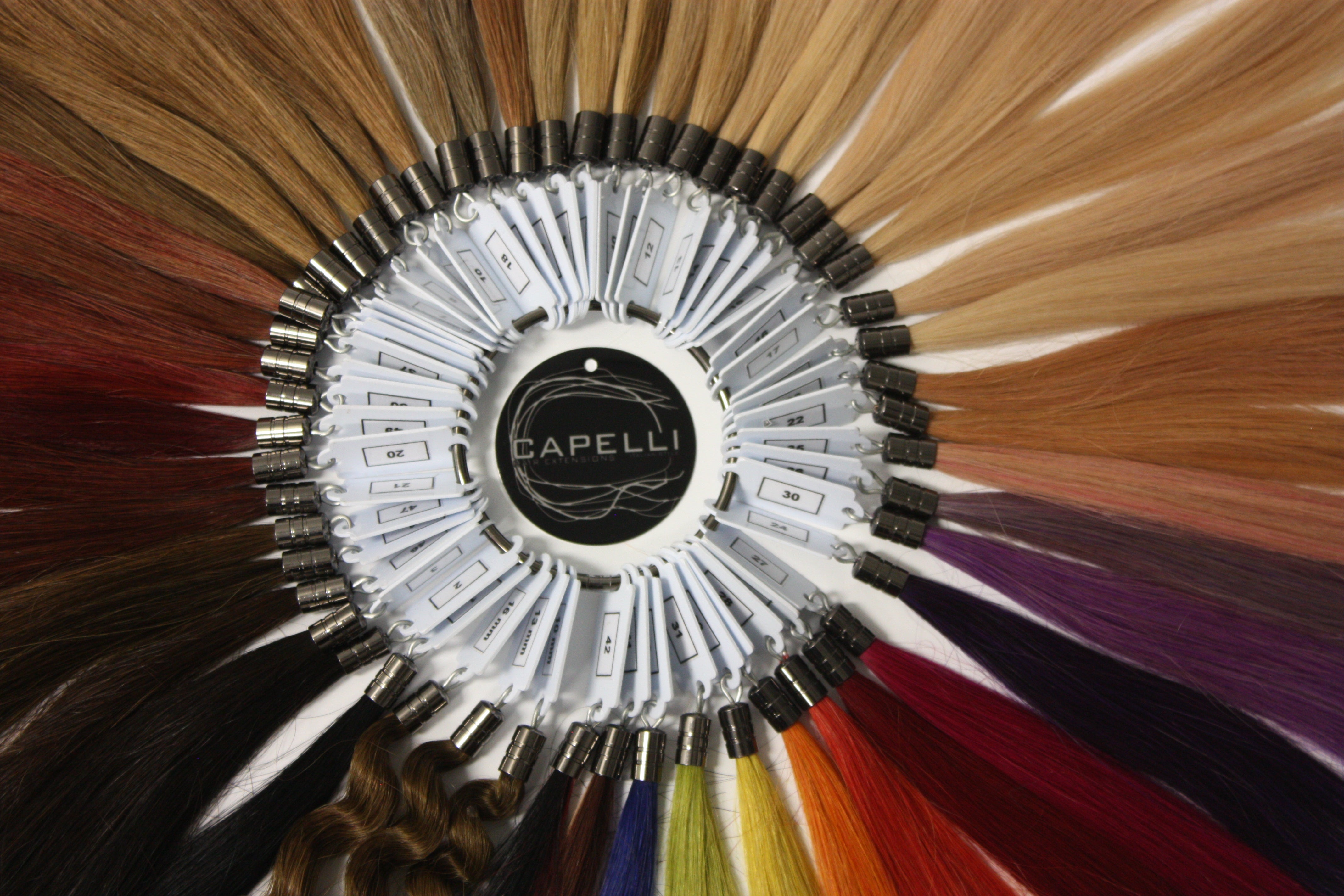
Leave a comment
This site is protected by hCaptcha and the hCaptcha Privacy Policy and Terms of Service apply.